Our history

Foundations
In 1946 engineer and philosopher Ove Arup founded a consulting engineering business in London. Having moved to the UK in the 1920s, Arup had built a personal reputation as a skilled and highly creative engineer who delighted in partnering with visionary architects. He had worked alongside Bernard Lubetkin on modernist housing projects and on the iconic Penguin Pool at Regent’s Park Zoo.
Arup wanted his new firm to embody the Bauhaus ideal of ‘total architecture’. For him, this team exemplified an ethos of closer collaboration between architects and engineers, one that would lead to higher quality design informed by a wider range of insights and better reflecting the needs of users. Arup’s belief that engineering could and should marry social purpose and design ambition remains a hallmark of our work to this day.

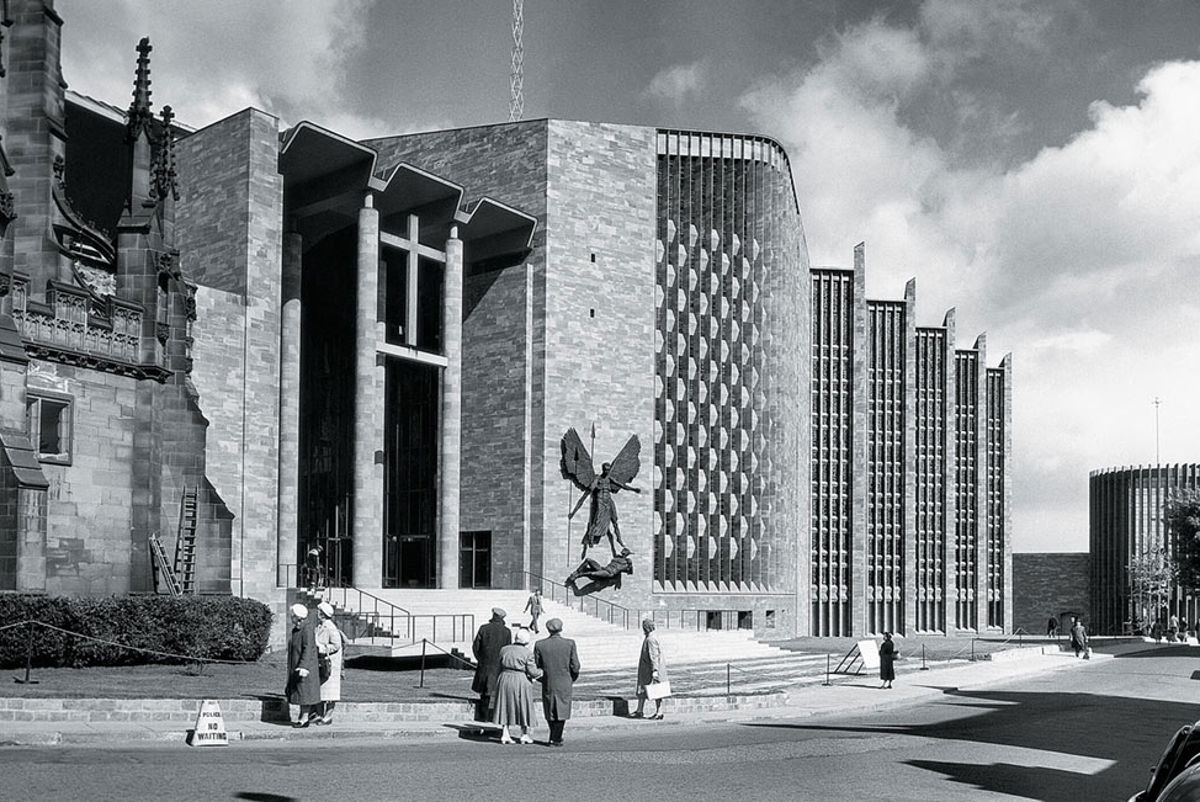
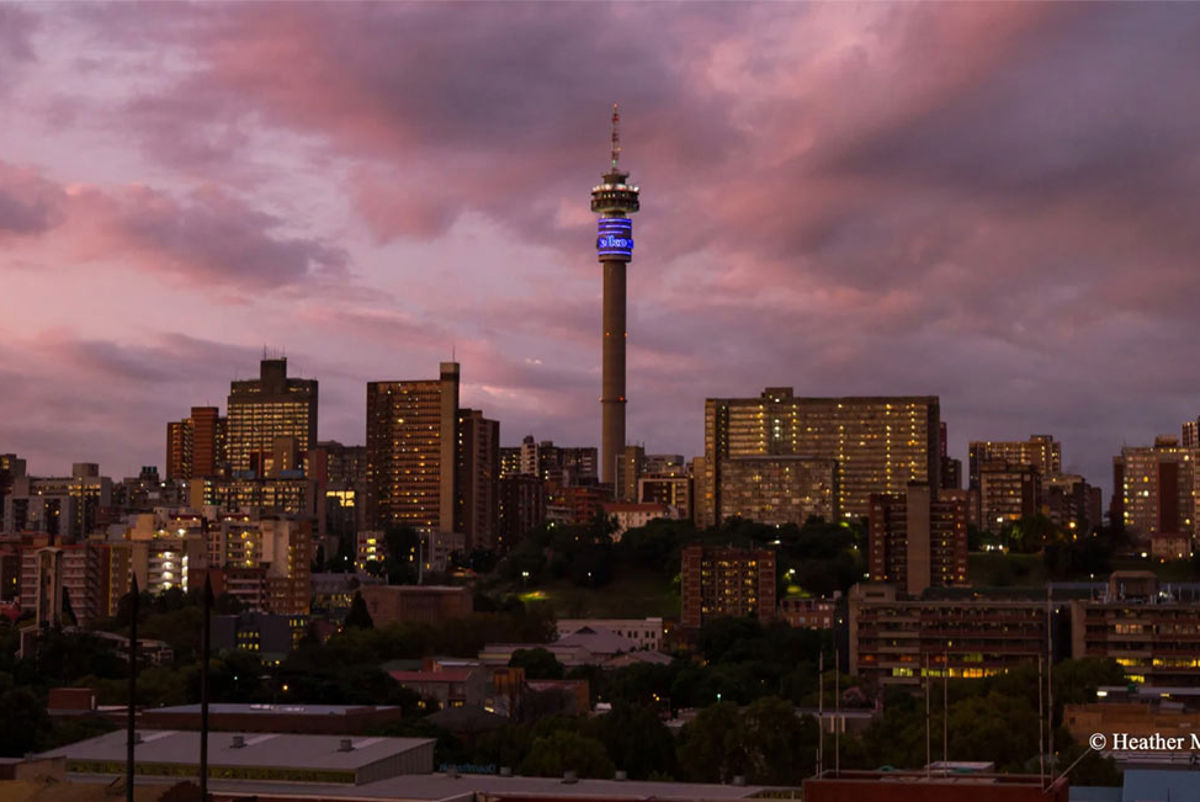
International landmarks
With the company emerging into view during a period of post-war reconstruction, Arup gained recognition for work on new building techniques and bold, modernist structures. As former Arup chair Jack Zunz observed, it was a time when “exciting ideas and ideals were bubbling across the industry”, including the use of prefabrication. Experimentation with early computers was expanding what technologically advanced engineers could achieve.
By 1963, Arup had evolved to include an architecture practice, Arup Associates. This was another step toward realising Ove Arup’s belief in unified design and engineering. The company also expanded into the design of infrastructure, particularly the engineering of bridges and tunnels. Without doubt the most important project during Arup’s first decades began in 1957: the Sydney Opera House. This landmark design collaboration between Ove Arup and Jorn Utzon would produce one of the landmark buildings of the twentieth century when it opened in 1973.
During our first three decades, Arup gained a reputation for technical ingenuity, with our engineers repeatedly providing themselves capable of realising the most ambitious designs of the era. We worked in close partnership with a new generation of architects, including Richard Rogers, Norman Foster, and Renzo Piano, and we were instrumental in facilitating development of the ‘high-tech’ architecture movement, including the engineering of the Centre Pompidou in Paris.
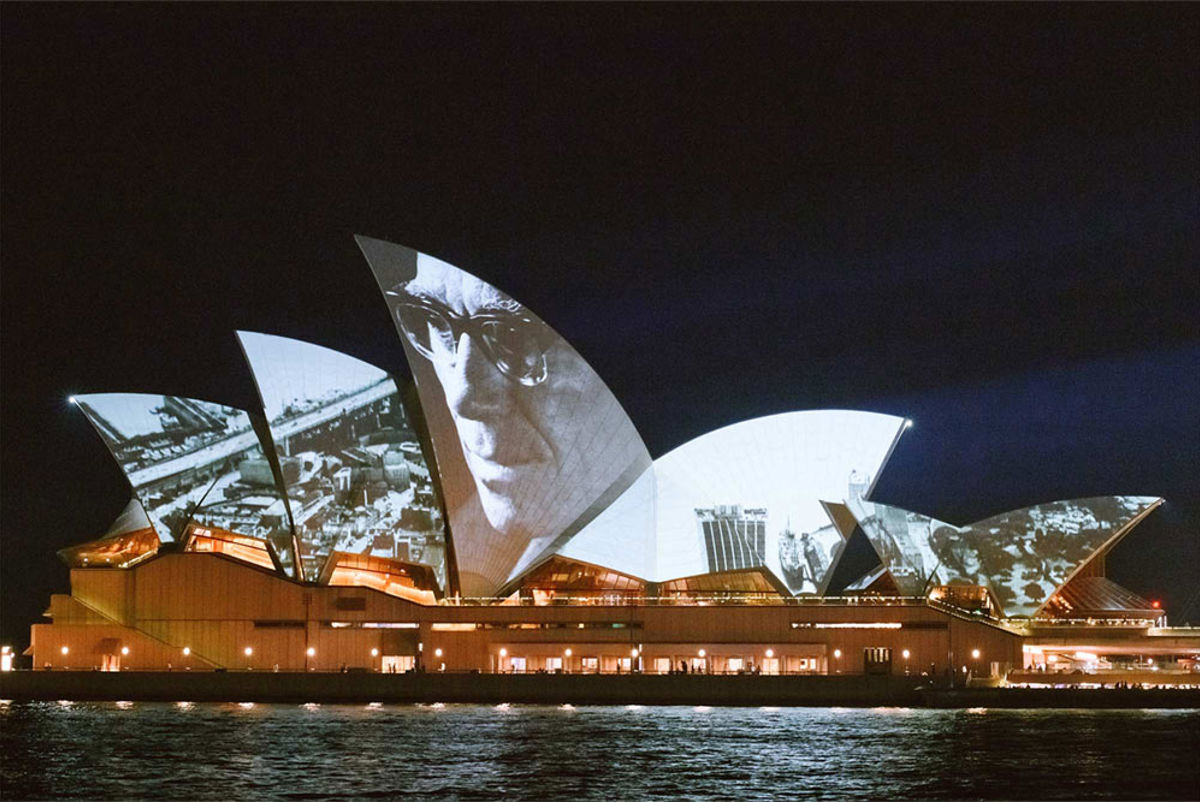
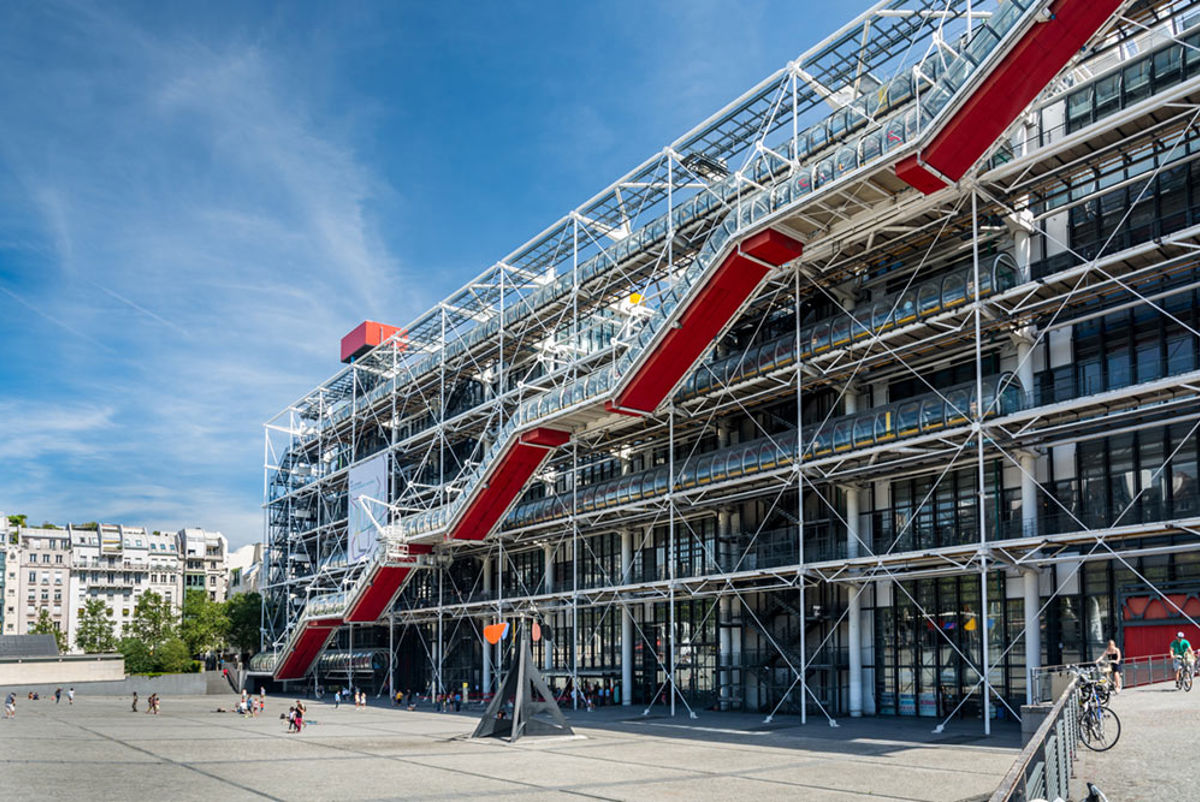
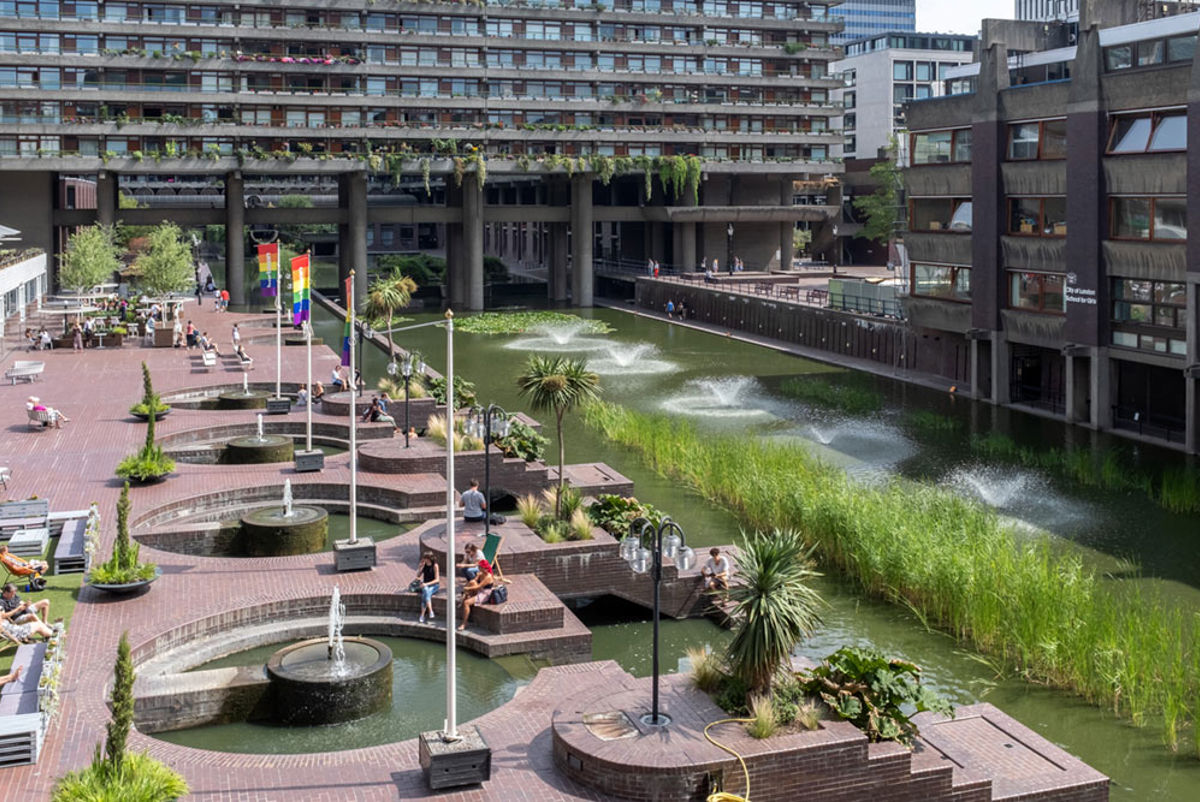
Social purpose
Aware that an unstructured, evolutionary approach to growth was posing challenges to the company’s unity, Ove Arup assembled senior leaders in 1971 to share what became known as his “Key Speech”. In a typically philosophical address, Ove Arup explored the company’s aims and six principles that should guide decision making. The values described in the speech, and the independence of spirit Ove Arup championed, continue to guide us. In 1977, these principles were complemented by the decision to pass ownership of the company from a group of partners to a trust, which is run by and for the benefit of employees. In this way, Arup became a trust-owned business, independent of all external shareholders. This ownership model is recognised by the employee ownership sector as a form of indirect employee ownership.
Throughout the 1970s, Arup continued to evolve, further internationalising and widening the technical expertise we offered our clients. By the 1980s Arup was engaged on major projects in Asia, including design of the HSBC headquarters building in Hong Kong, a structurally innovative collaboration with Foster + Partners.
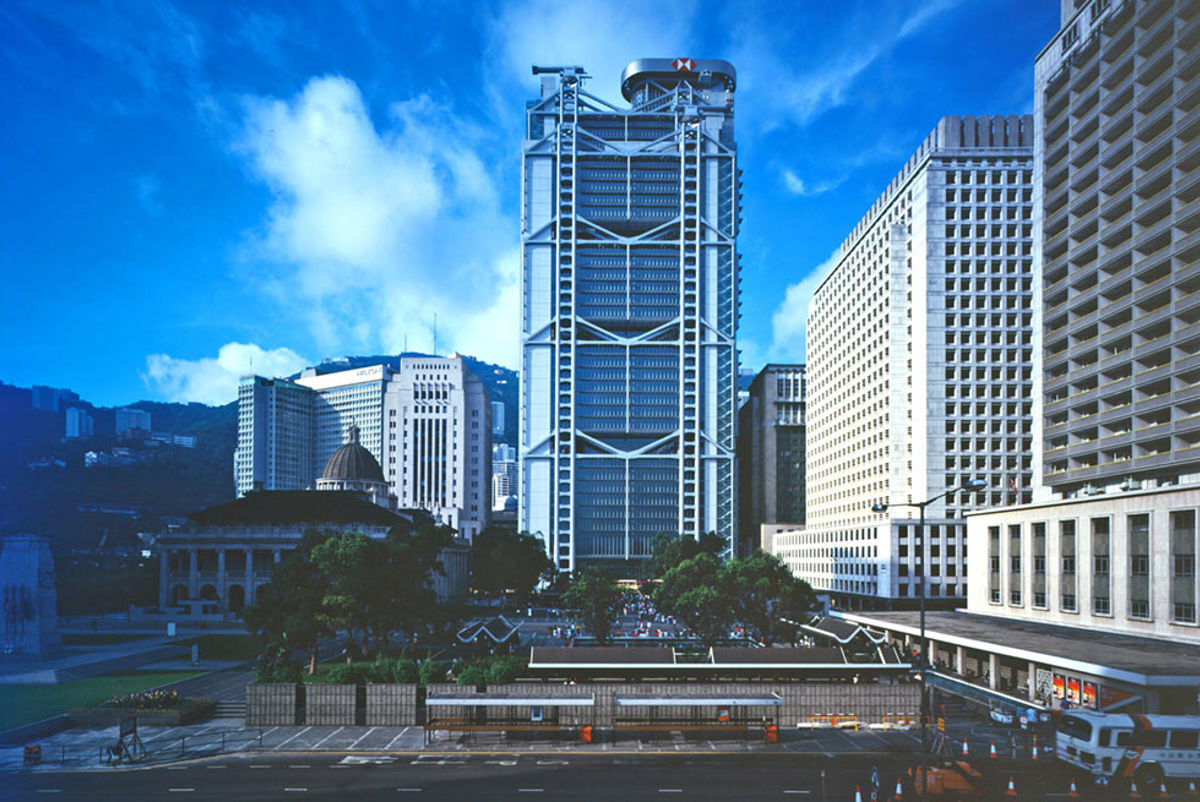

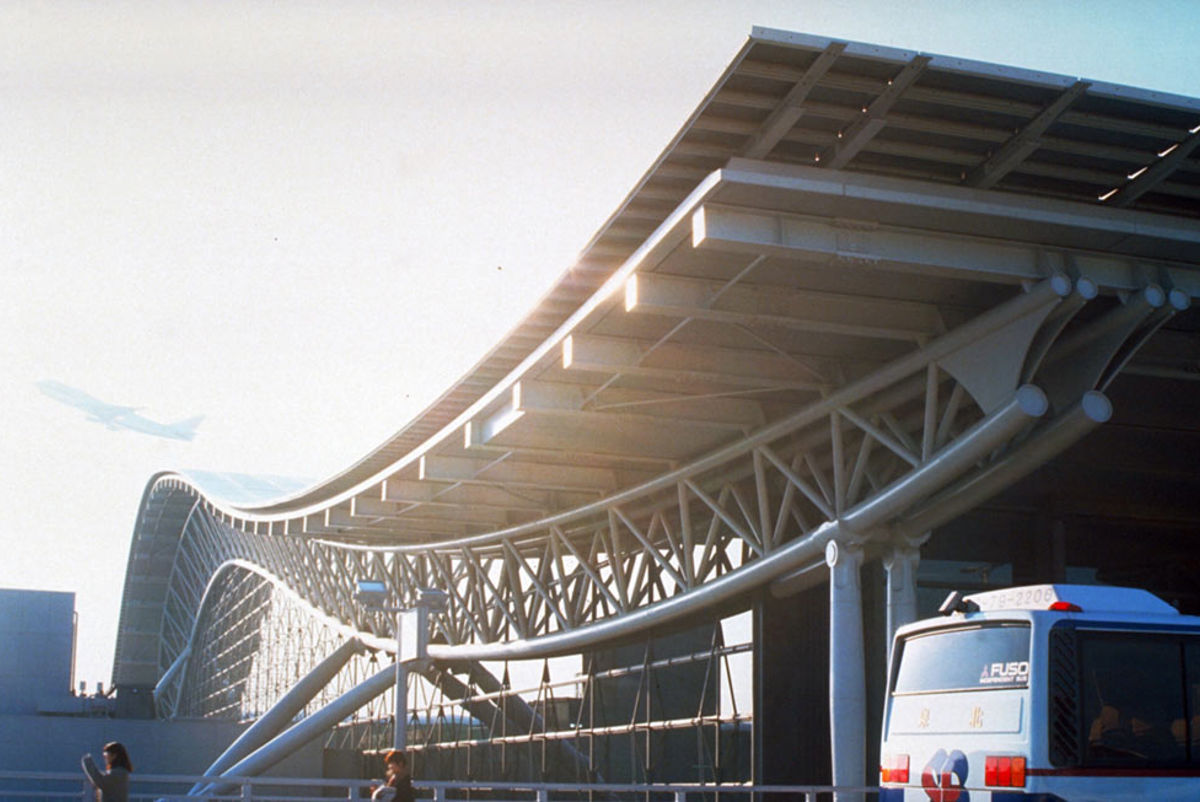
Global growth
Arup has always grown entrepreneurially, taking opportunities to work on international projects as a way of growing a global footprint. This organic growth has also provided valuable opportunities for members to learn from other cultures and experience other ways of working, and to be generous in sharing expertise.
In the 1990s, our influential and long-term role in planning and designing the UK’s first high-speed rail line, High Speed 1, was instrumental in supporting the economic growth of south east England and London. At the same time, our work in China grew, thanks to projects such as the Shenzhen Stock Exchange. Later, in the USA, we would contribute to a crucial upgrade to New York City’s public transport system, through our work on the Second Avenue Subway line.



Consultants, thinkers, partners
As the 1990s continued, Arup played a central role in designing infrastructure projects of ever greater scale, including the Oresund Bridge connecting Sweden and Denmark. The company was becoming a broad, multidisciplinary collective of technical experts offering a growing list of services. Increasingly, the goal was now to partner with clients to shape projects from their inception, to provide technical insights to support clients’ strategic and commercials decision making, and to continue to be at the heart of planning, designing, and optimising the projects shaping the future of the built environment.
During this period there was growing recognition that the use of materials, energy and resources was becoming a critical issue for the design and engineering industry to address, and visionary projects designed to transform practice emerged including the BedZed residential development in London.

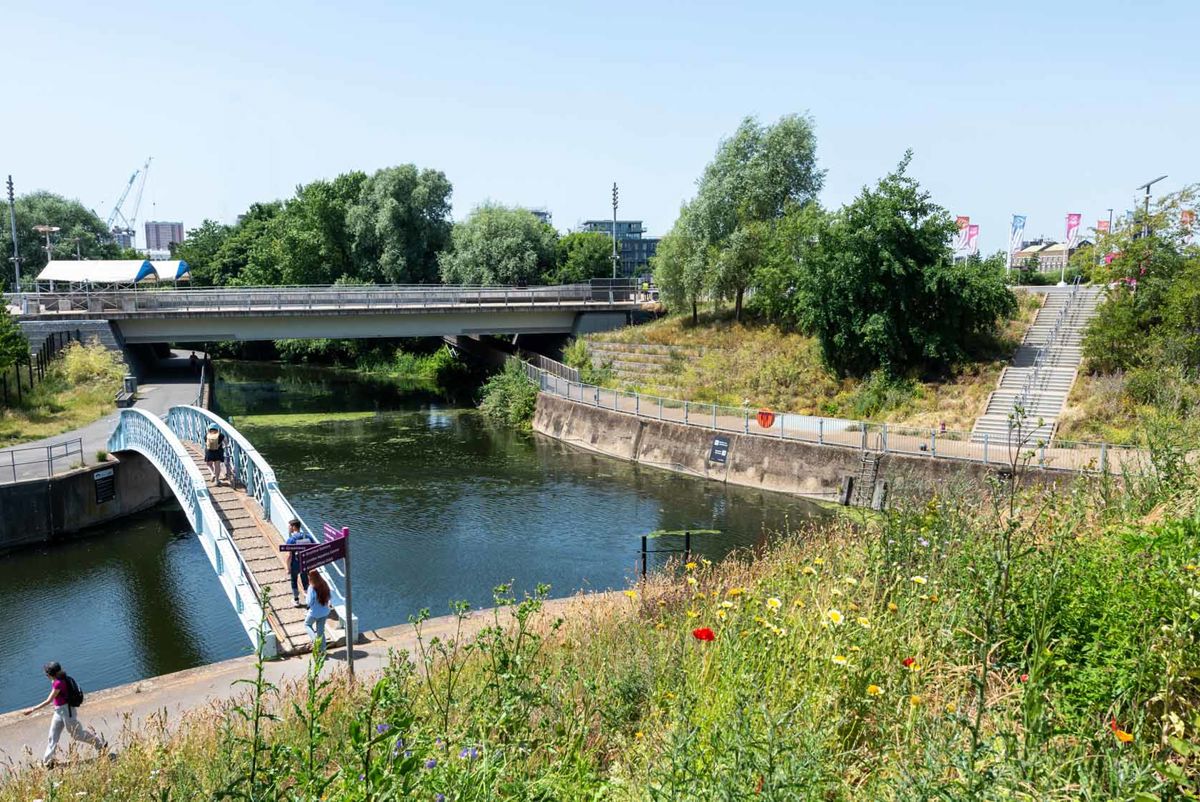
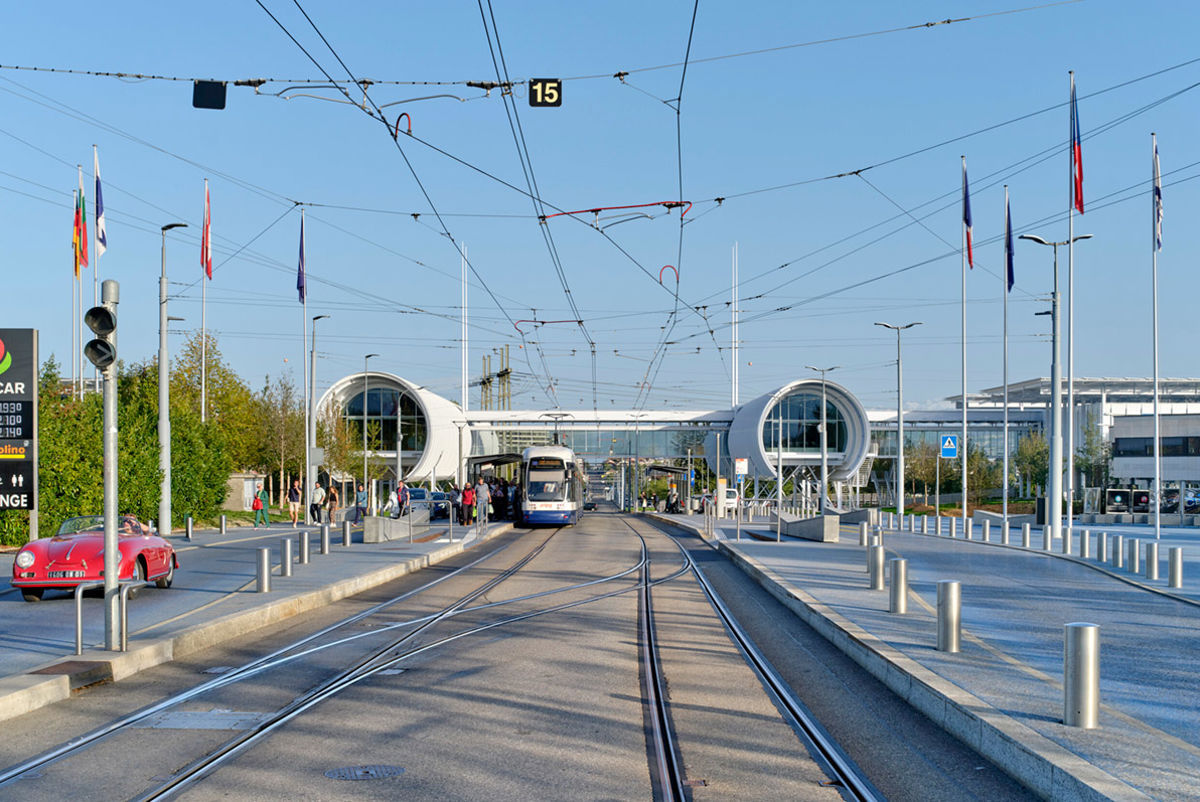
A new century
In the twenty-first century, Arup has continued to evolve, expand, and prosper. Now active in more than 140 countries, our work includes an increasing focus on the planning and design of renewable energy projects and urban mass transit systems, upgrading water and wastewater networks, strengthening flood resilience, and climate change strategies for international property portfolios. Our original passion for civil and structural engineering, and for using our technical expertise to allow design creativity to take flight, remains unmatched. Our work on projects such as the Beijing 2008 Olympics’ Bird Nest Stadium and Water Cube, the Sagrada Familia in Barcelona and Little Island public park in New York City, exemplifies the delight we take in bringing visionary design to life.
Today, whether we are working on high-speed rail in California, developing nature-based solutions to reduce the severity of flooding and overheating in Asian cities, or finding new uses for existing buildings, the dream of sustainable development is the driving ethos of our work. Our commitment to, and belief in, total design remains as important as ever, as we partner with clients to respond to a growing complexity and uncertainty.


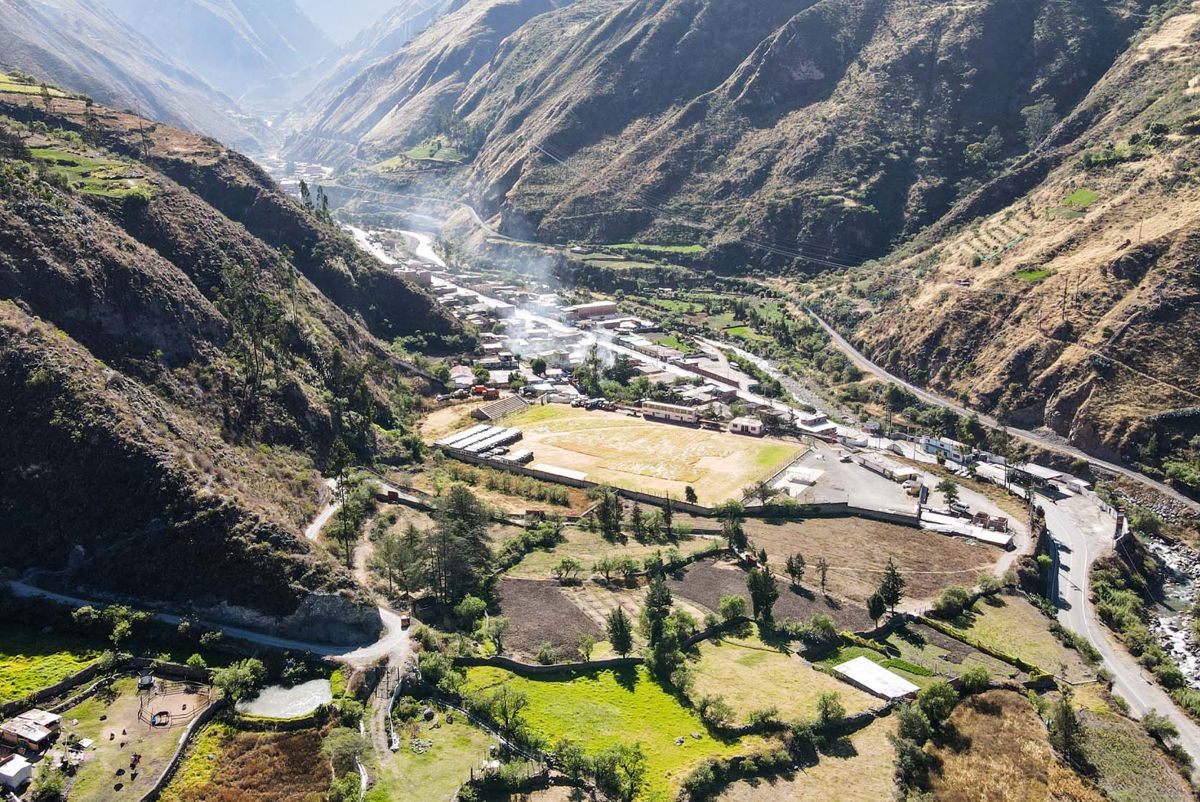
How we're governed
We recognise the value of transparency around organisational governance, how businesses are led and managed, and how stakeholder considerations are reflected in decision making, and our Governance reflect that.

